![]() The year is flying by, and while there is still a bit of heat in the sun in the north of Australia, the cooler months will be here soon. A few horses are already starting to thicken up in their coats.
The year is flying by, and while there is still a bit of heat in the sun in the north of Australia, the cooler months will be here soon. A few horses are already starting to thicken up in their coats.
Whats Been Going on?
To date this year, horses have been coming and going and we have also had a home course as well. I have also just recently returned from 2 weeks at Barkly Downs, a large cattle station owned by the company: ACC. ( Australian Country Choice ). Words do not do this operation justice. This was my third year at Barkly and my role with regards to horsemanship is with staff training. The attitude of all involved, was a credit to the company and those associated. A great experience.
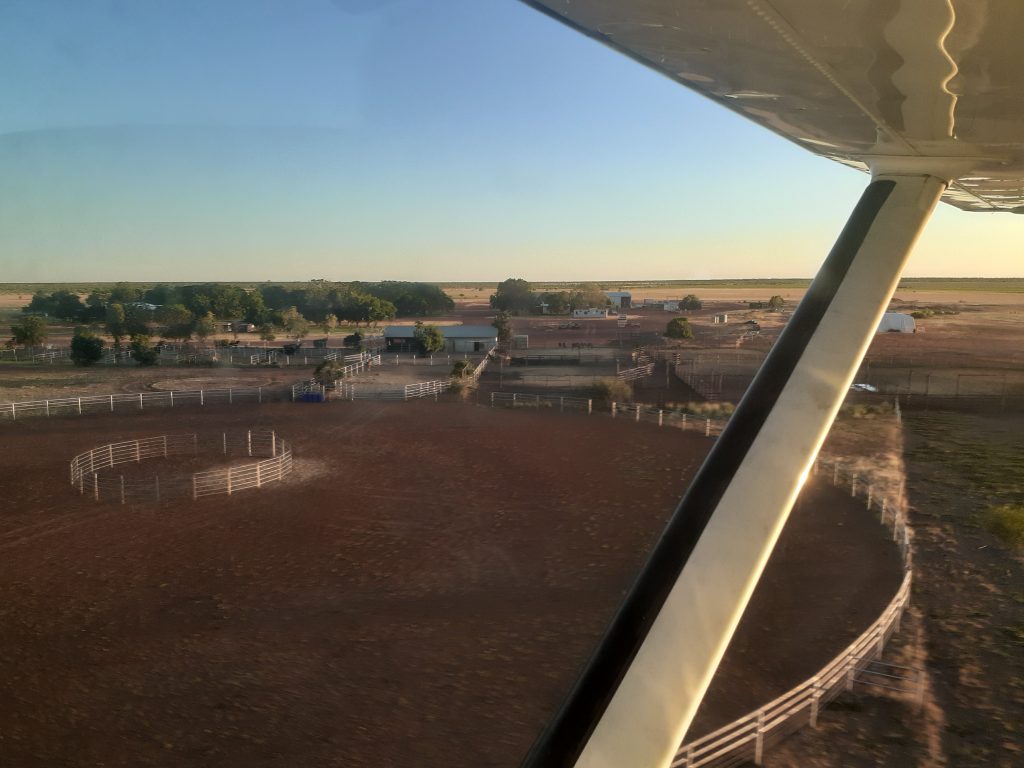
Whats coming up;
I am home now for a little bit with horses coming in and cattle work to see too. In May I am off to Western Australia, preparations for my overseas schedule for later in the year are also underway.
![]() Impulsion:
Impulsion:
Can be a conversation that does not have a start or an ending. The horse below is Rachael’s horse and he is a retired race horse. She has named him Clancy, his racing name was a bit long for us. I have ridden him a handful of times and he has a nice nature and a big engine.
In an arena environment, when you ask him to walk, trot and canter, he moves easily up through his transitions and also easily back down through his transitions. At times, off your seat aids.
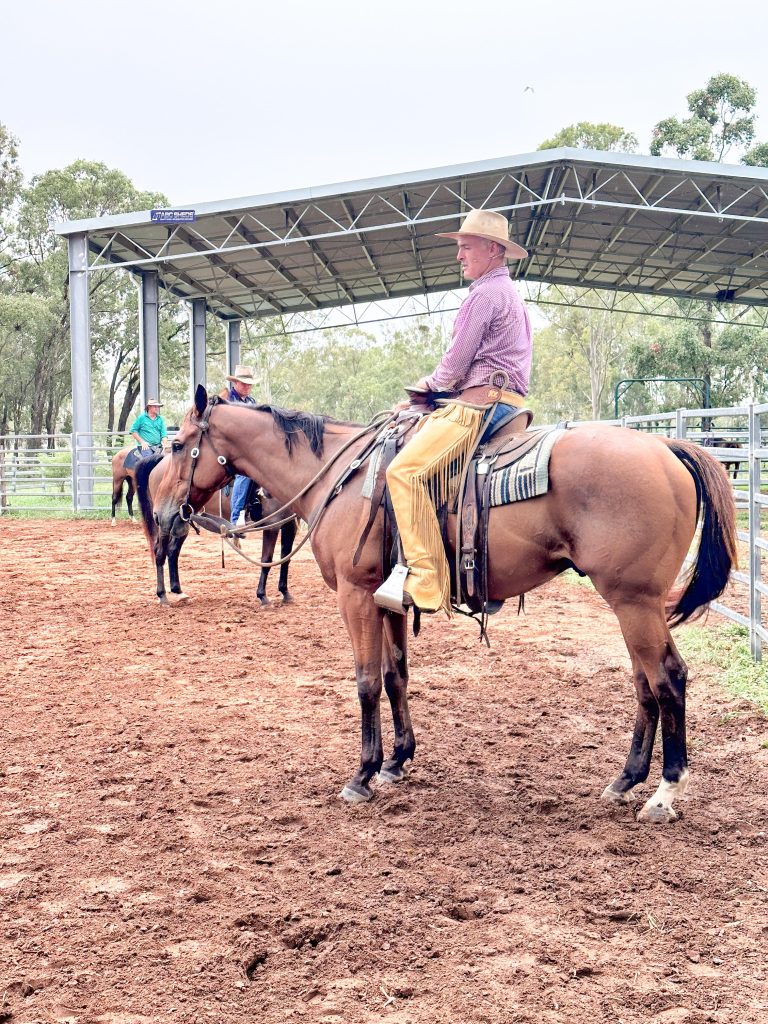
When you have the life in the horse connected to the horses feet, they become sensitive and light to your aids.
Framing themselves into a frame:
While this is not the first time this conversation has been had, as riders we perhaps need to continue to hear it time and time again to understand and appreciate the significance. Perhaps when you feel it, it gives more meaning to the words.
As your horses balance and impulsion develops, so will your horses emotional stability.
Some sage words of advice from an old friend, the amount of frame on your horse was determined by the amount of hindquarter engagement. With my friends and mentors they all placed impulsion ahead of flexion.
Hopefully the above is helpful and insightful, stay safe out there and enjoy your horses.
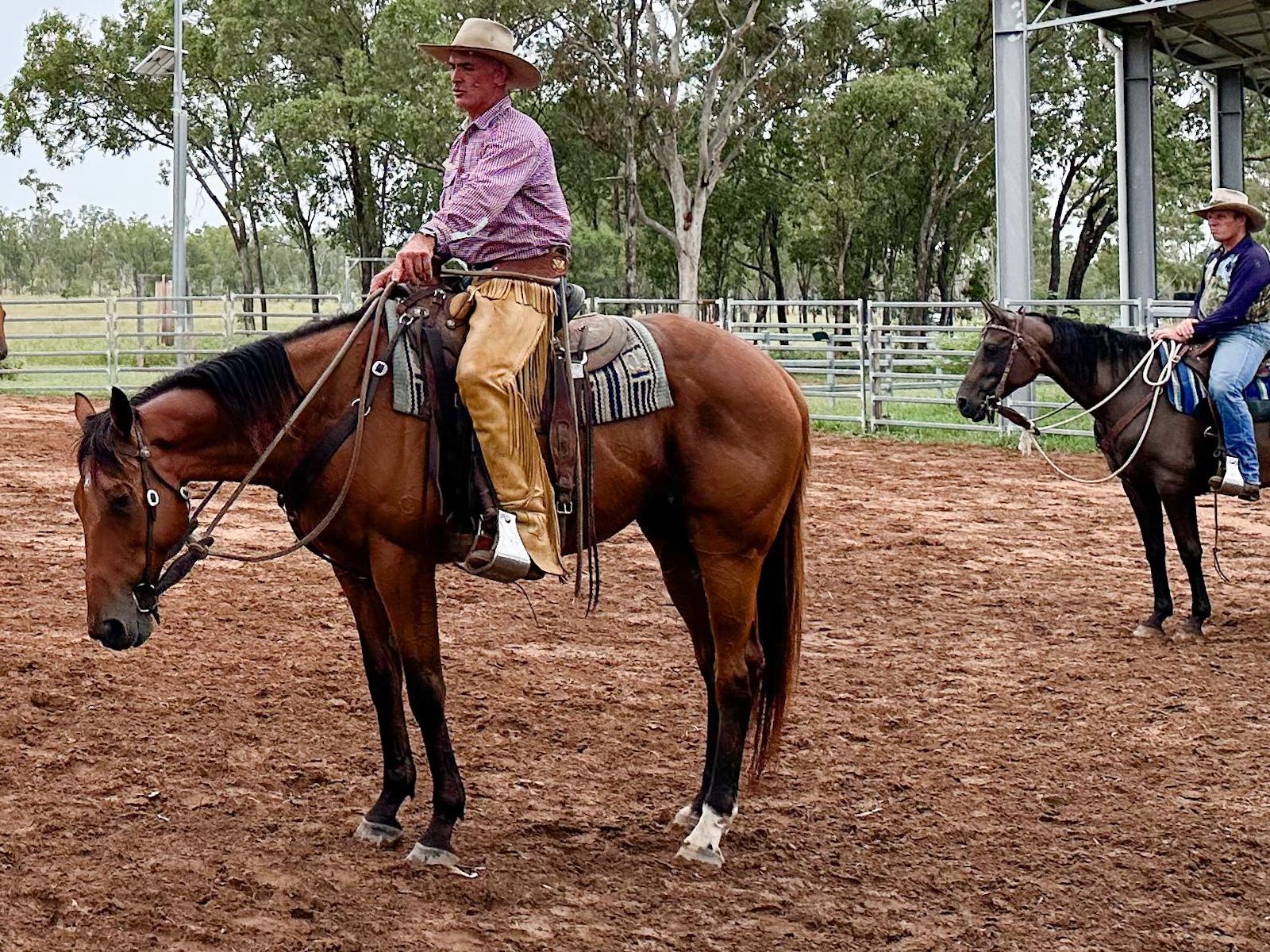


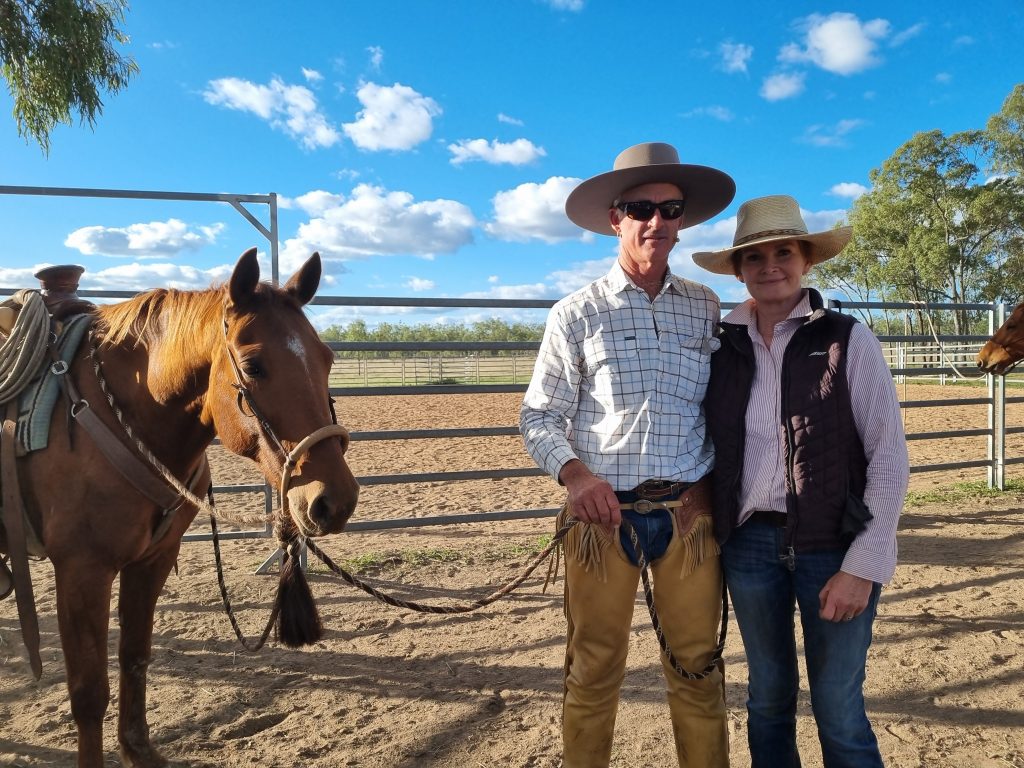
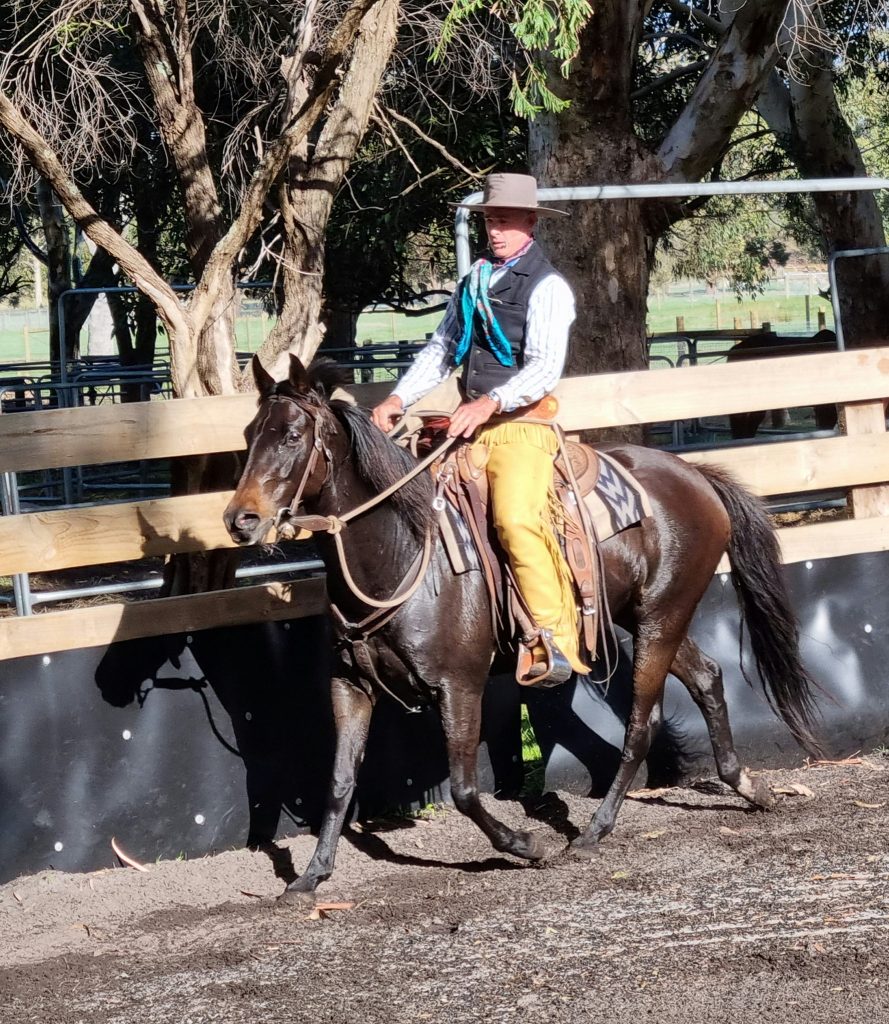
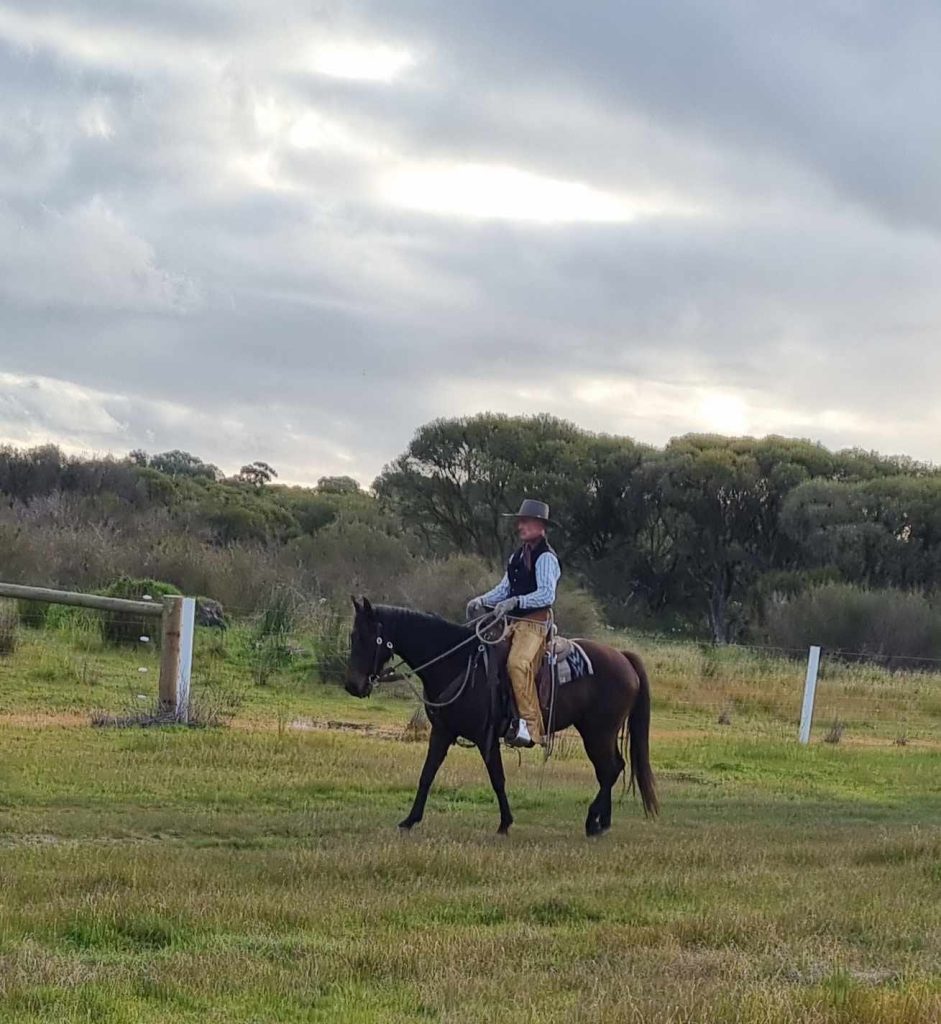
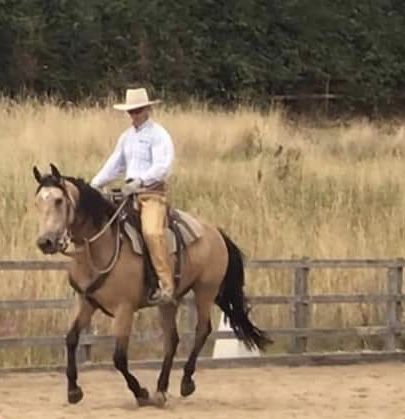
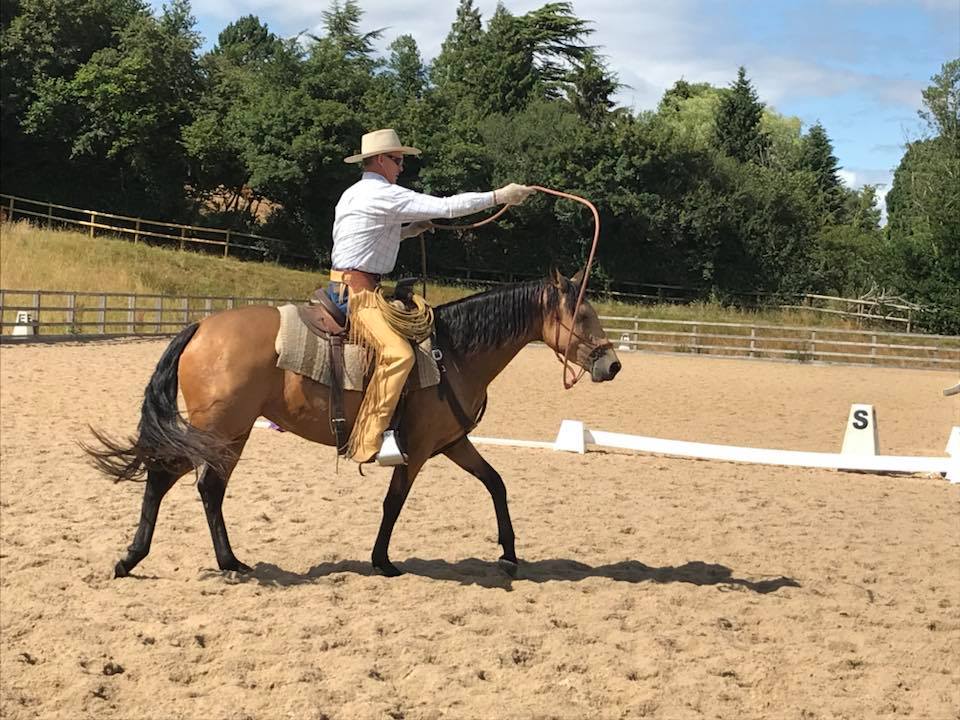
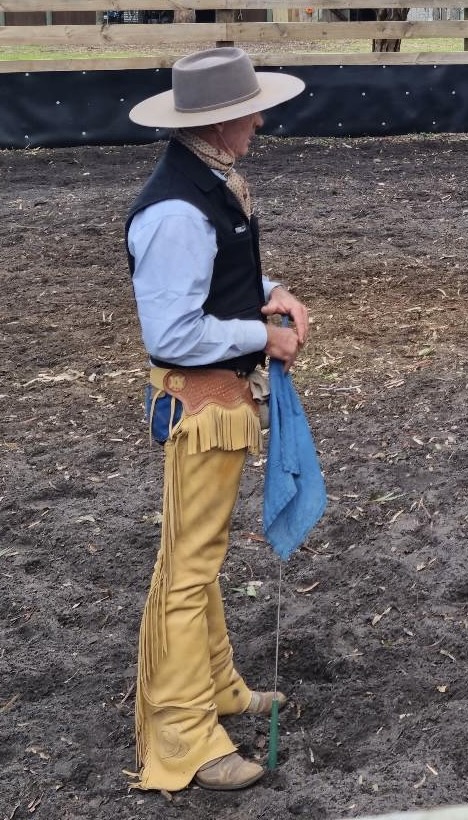
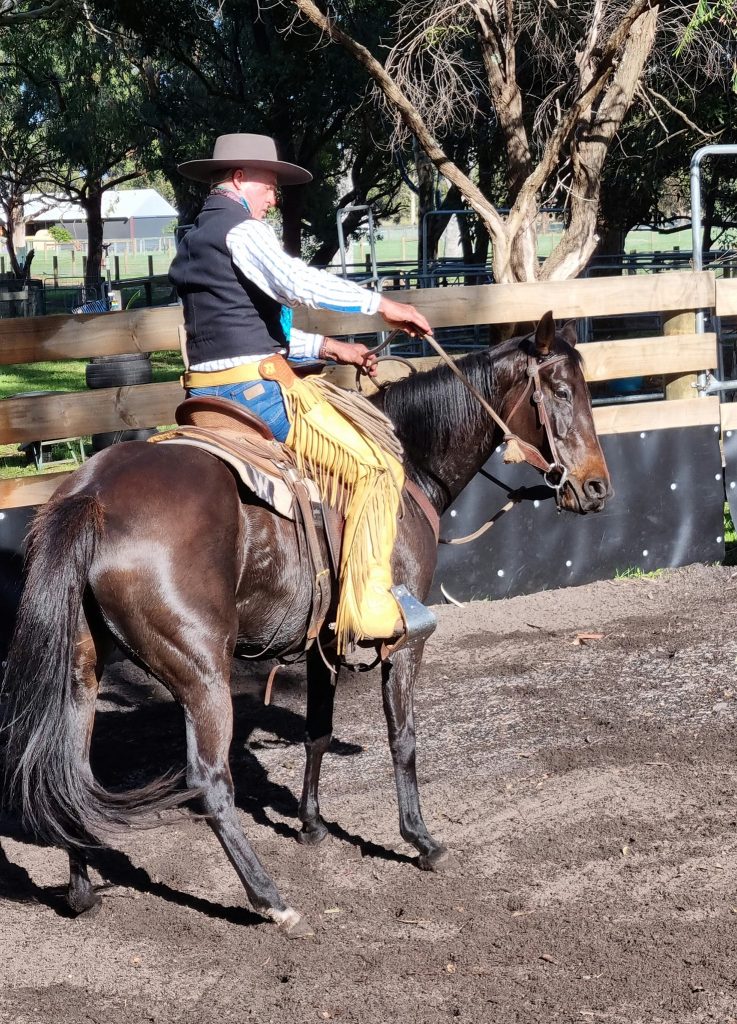
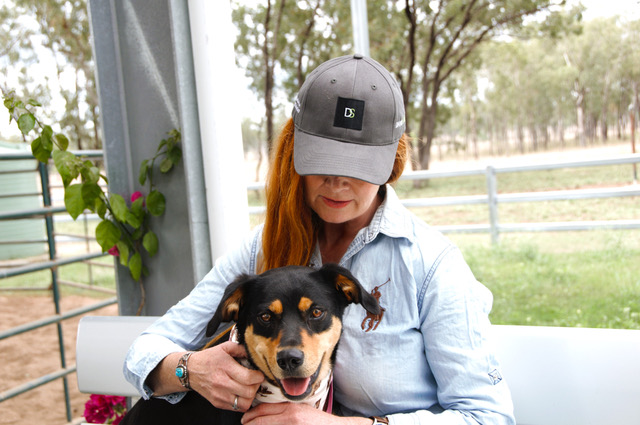
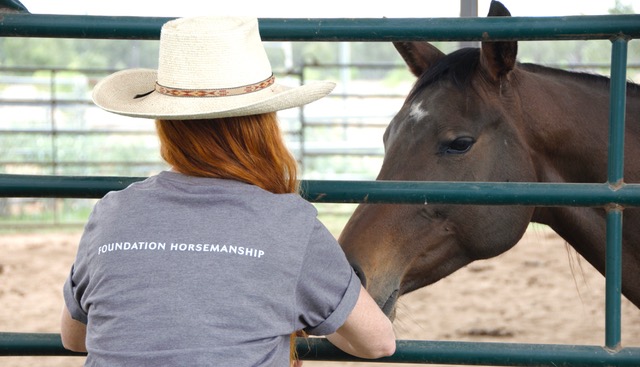
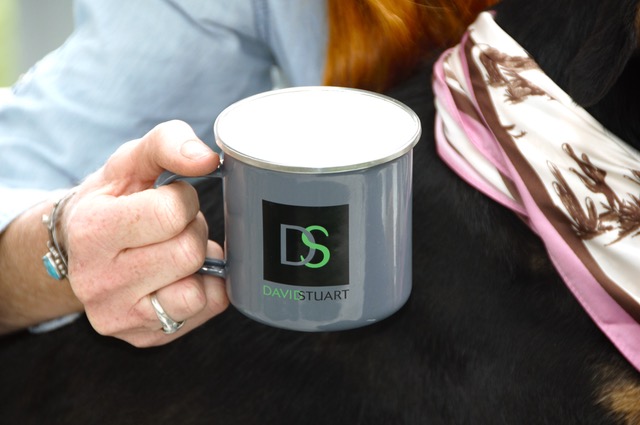
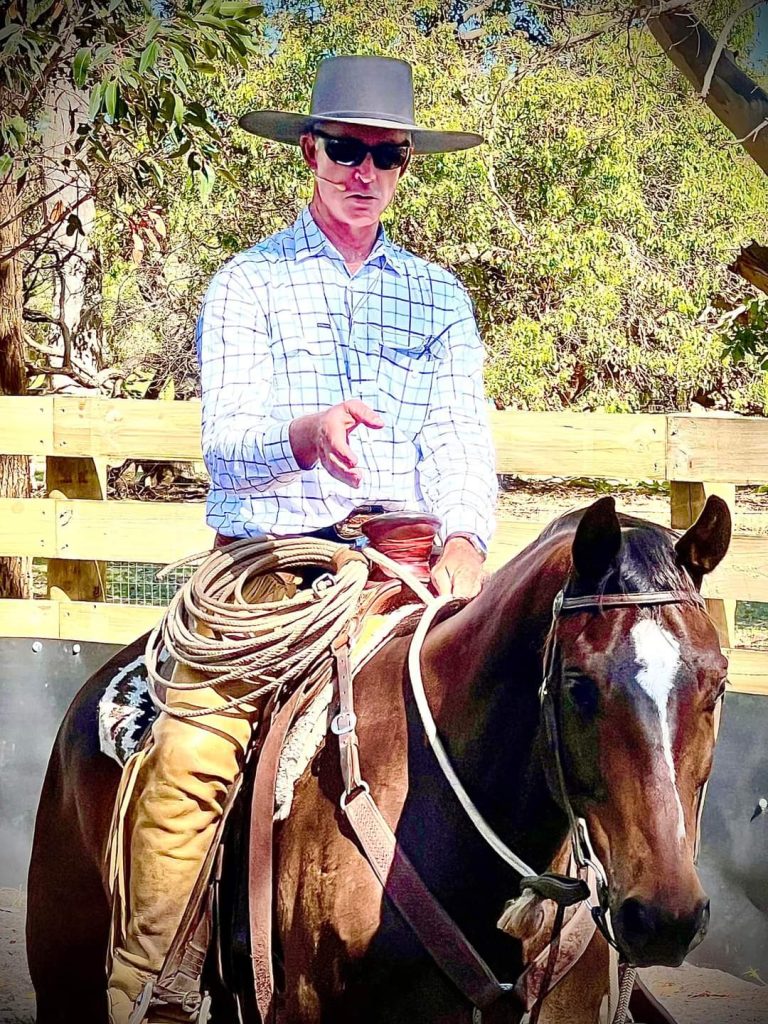
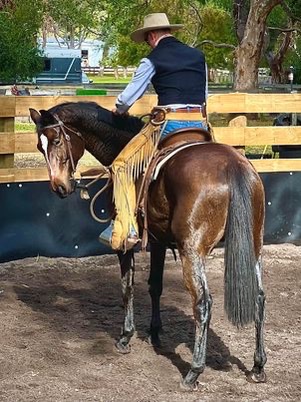
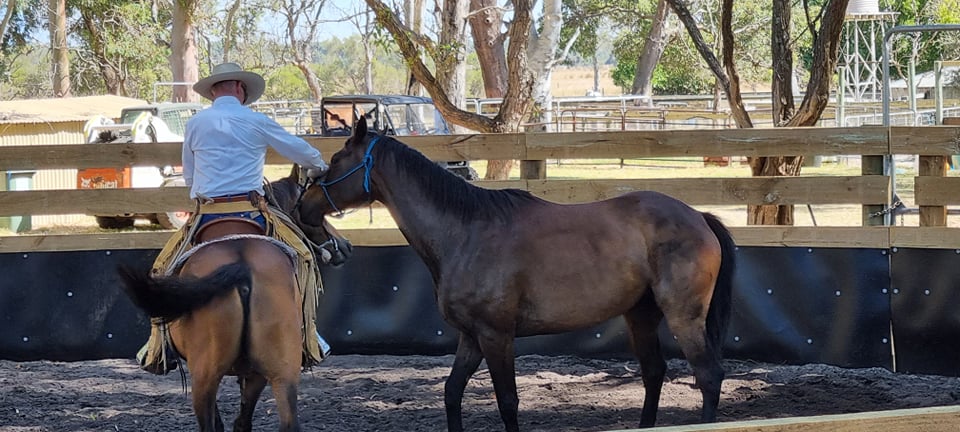

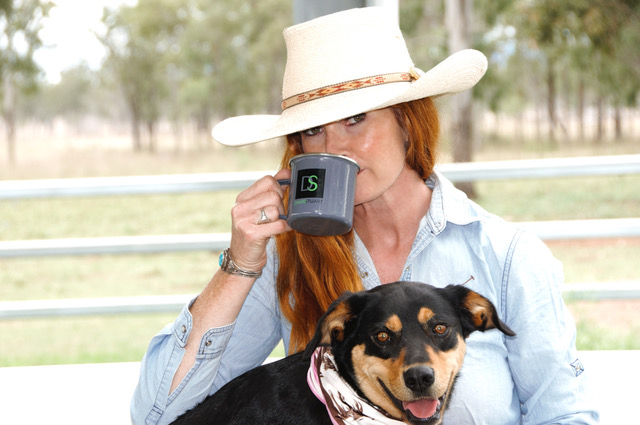
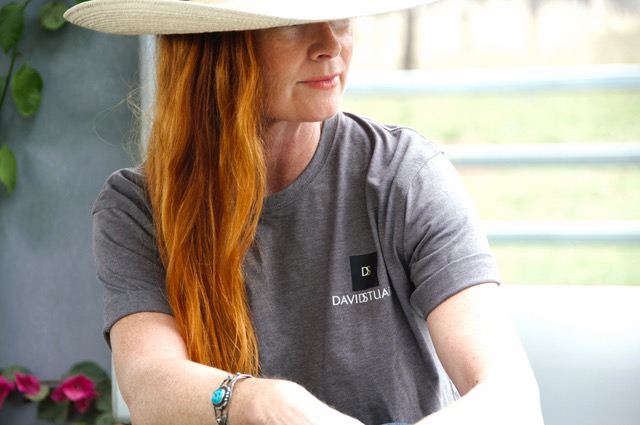
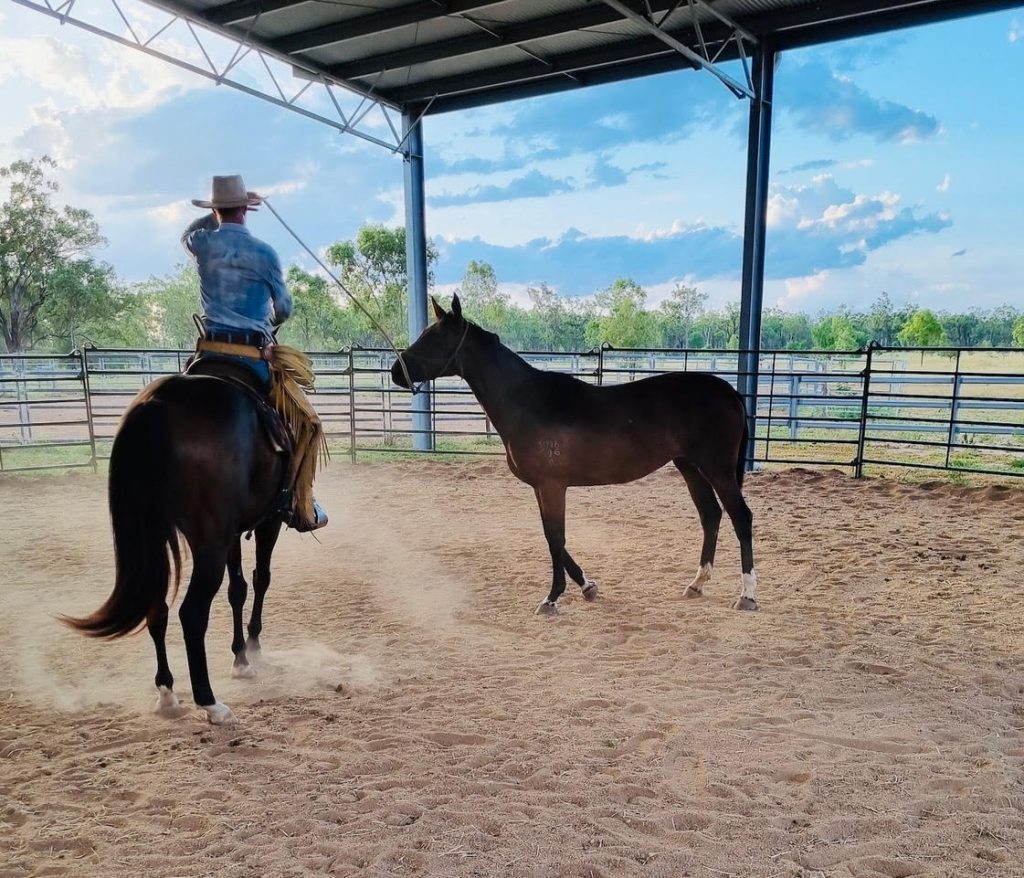
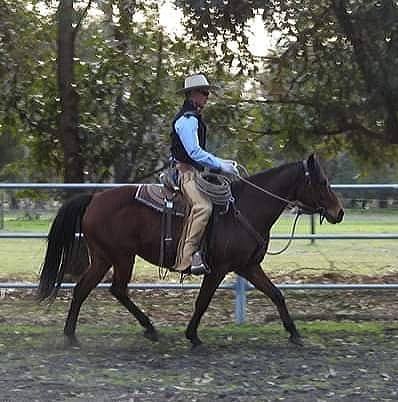
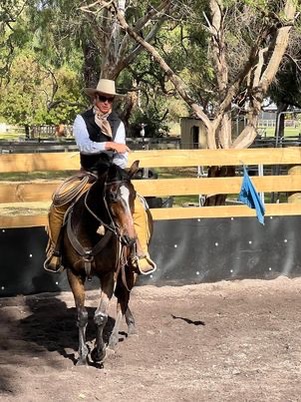
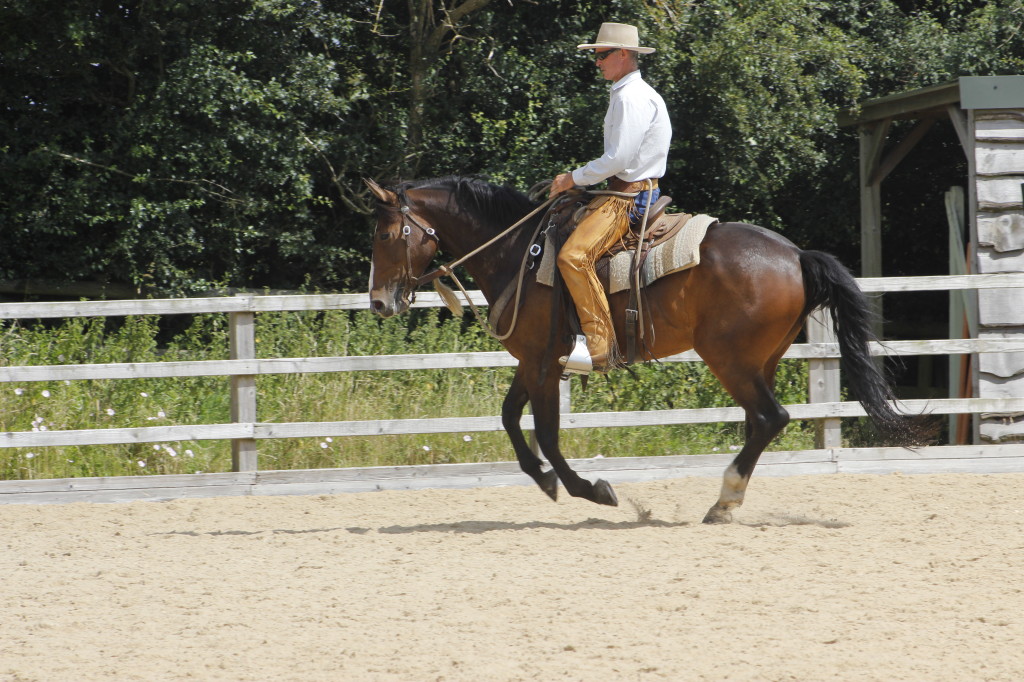
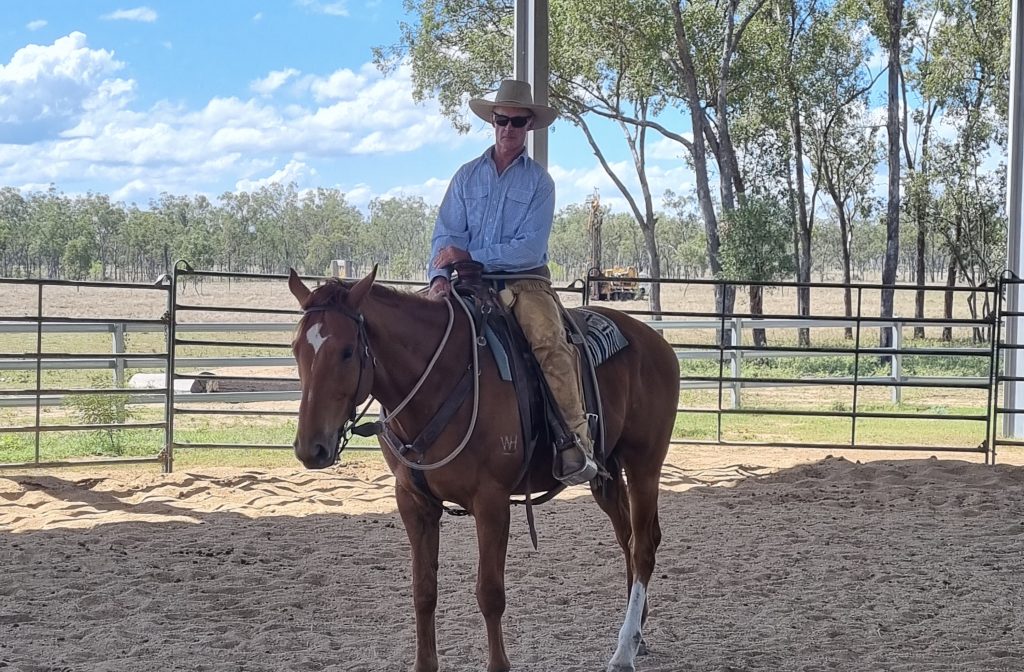
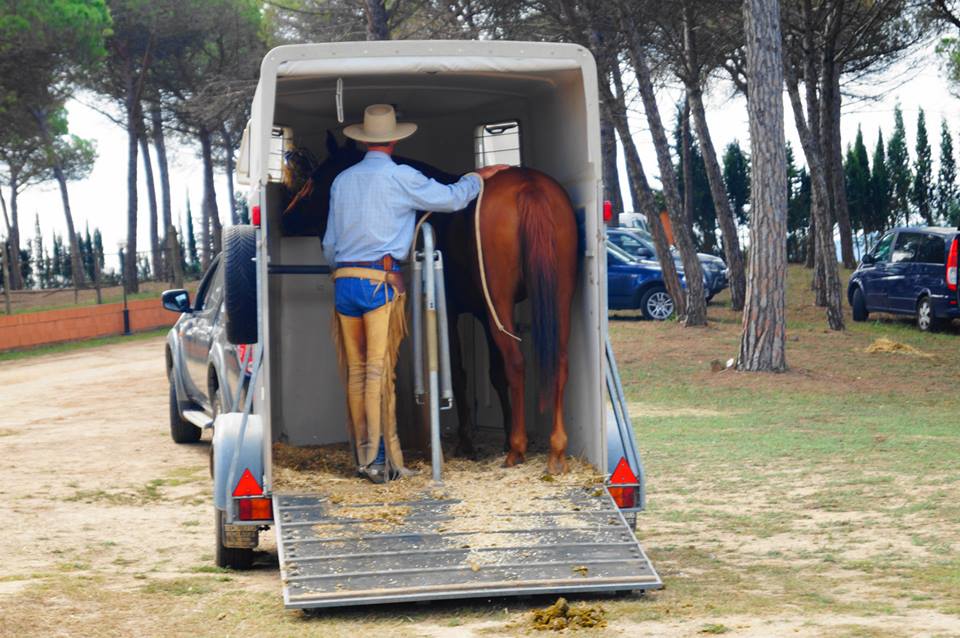
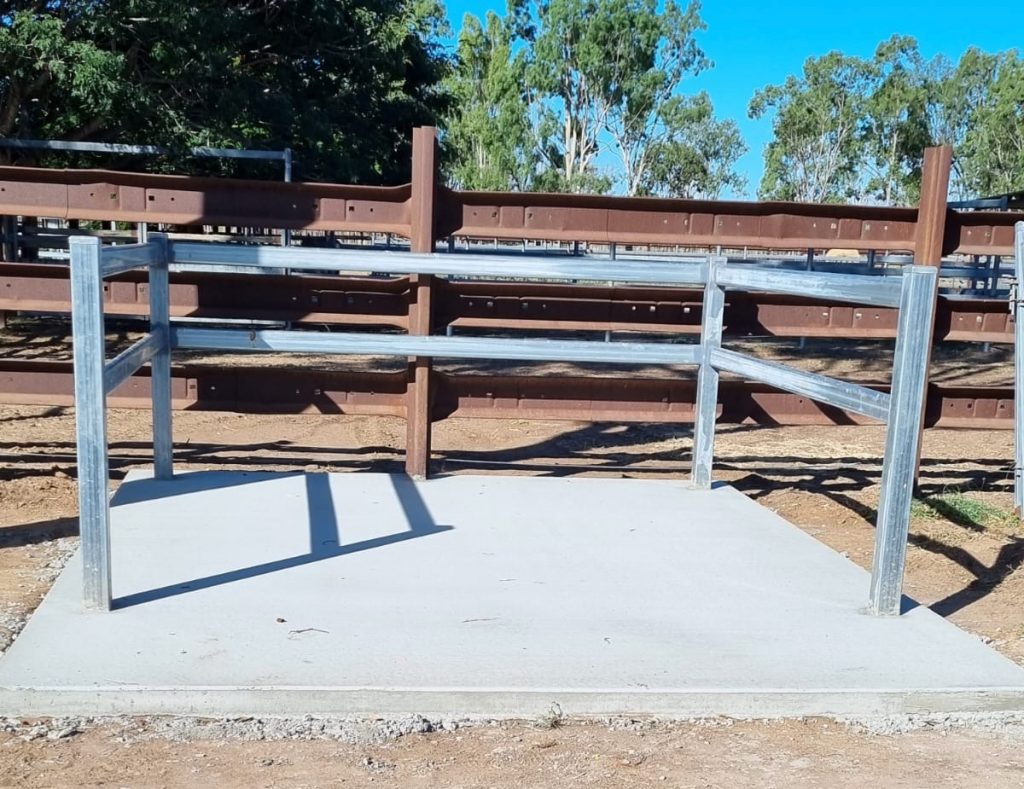
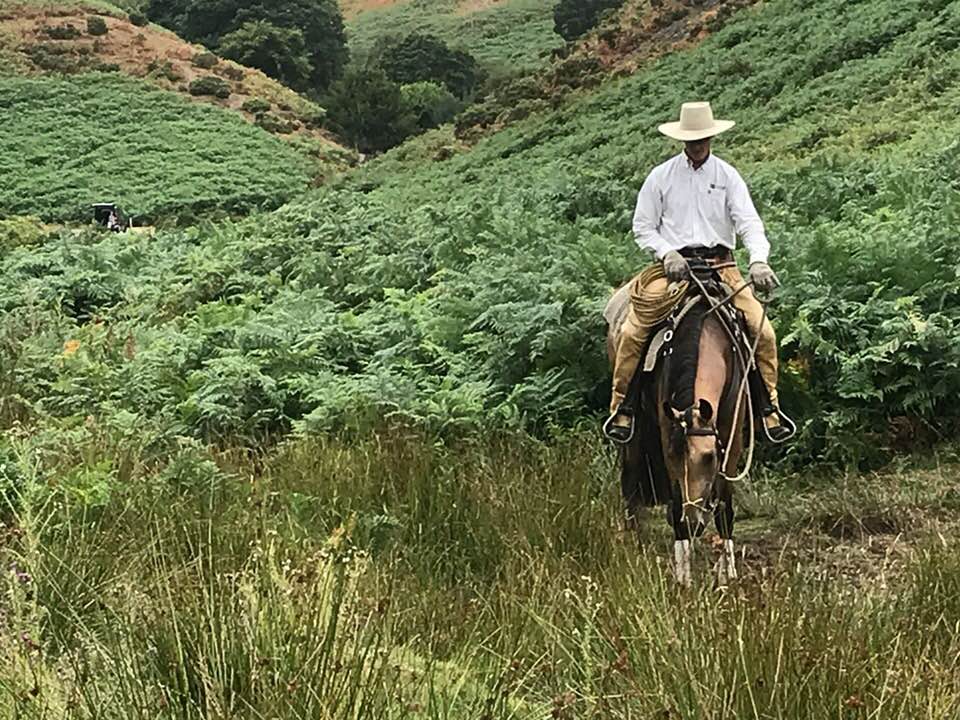
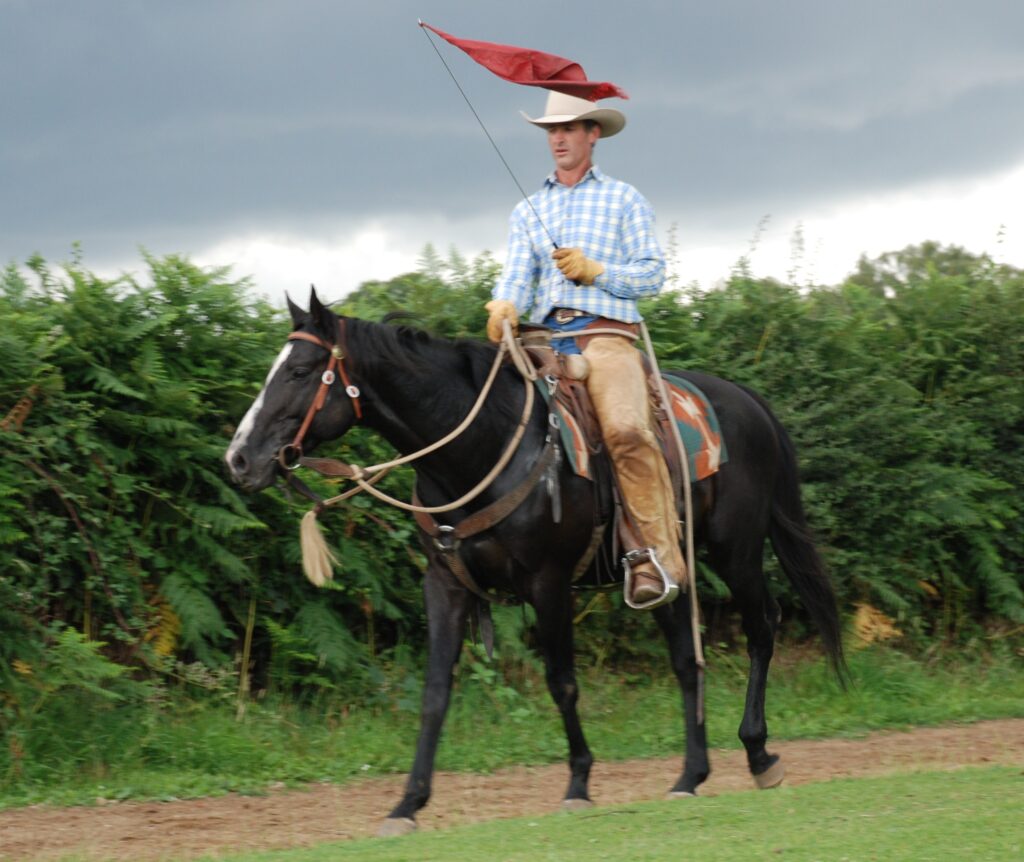
Recent Comments